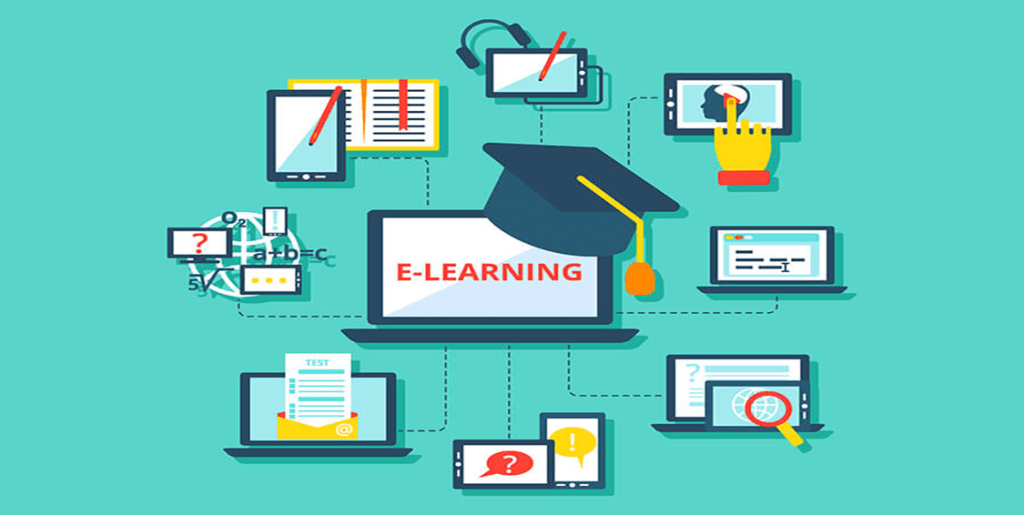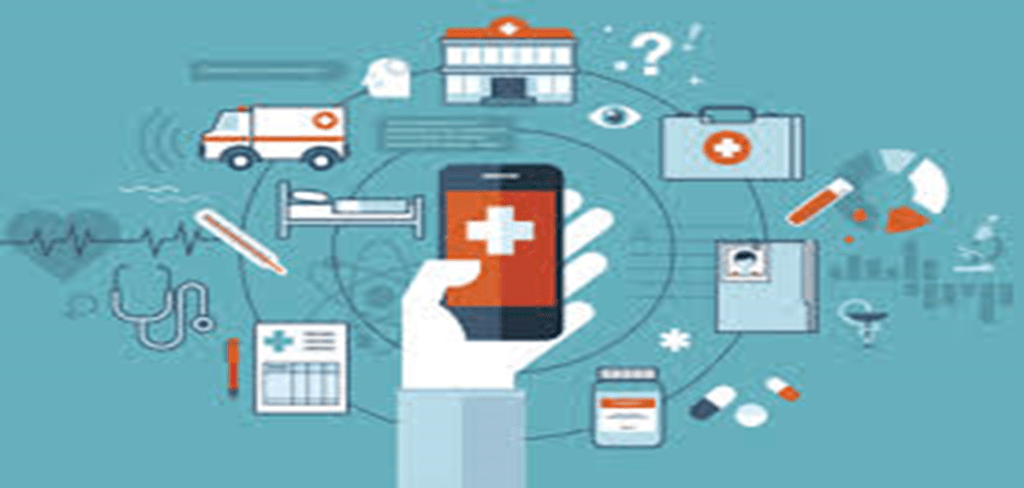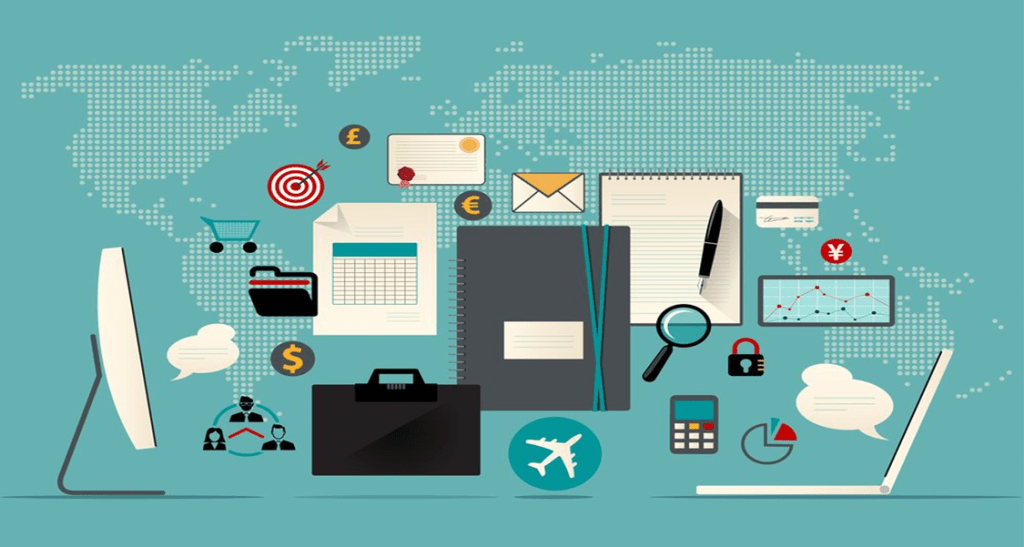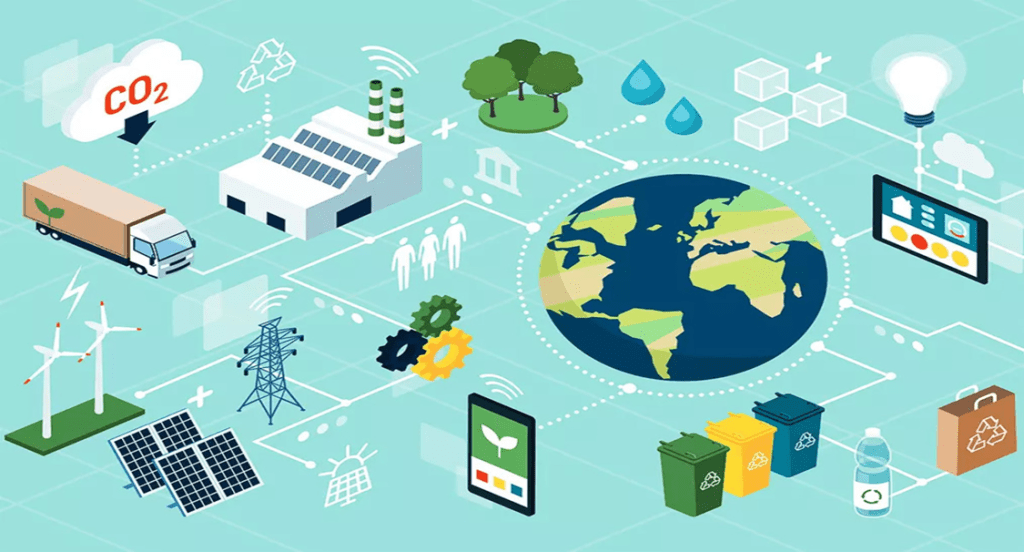What is the simple definition of technology?

Technology is the use of scientific knowledge for practical purposes, and for solving problems. Technology can aid human life or industries
What is Technology?
Technology means a lot of things these days. The word “technology” brings to mind various devices, such as laptops, phones, and tablets. Technology may also make you think of the internet, data, or advancements in the world of engineering. This may be a narrow scope though, as technology includes so many creative solutions to many everyday problems humans have faced all throughout history.
When you think of the word ‘technology’, what comes to mind? It might sound like something from a sci-fi show, or something that has to run on electricity. Technology makes us think of the very complex, but technology doesn’t have to be complex.
Technology is the use of scientific knowledge for practical purposes or applications, whether in industry or in our everyday lives. So, basically, whenever we use our scientific knowledge to achieve some specific purpose, we’re using technology. Well, there is slightly more to it than that. Technology usually involves a specific piece of equipment, but that equipment can be incredibly simple or dazzlingly complex. It can be anything from the discovery of the wheel, all the way up to computers and MP3 players.
What are examples of technology?
Types of technologies include: mechanical technology, medical technology, communications technology, electronic technology, and industrial and manufacturing technologies. Examples include: electronic devices, simple machines, and factories.
What are the main types of technology?
There are six main types of technology.
They are: mechanical technology, medical technology, communications technology, electronic technology, and industrial and manufacturing technologies.
Technology in Communication:
With the advent of technology in communication, which includes telephones, fax machines, cellular phones, the Internet, multimedia, and email, communication has become much faster and easier. It has transformed and influenced relationships in many ways. We no longer need to rely on sending physical letters and waiting for several days for a response. Technology has made communication so simple that you can connect with anyone from anywhere by calling them via mobile phone or messaging them using different messaging apps that are easy to download.

Innovation in communication technology has had an immense influence on social life. Human socialising has become easier by using social networking sites, dating, and even matrimonial services available on mobile applications and websites.Today, the Internet is used for shopping, paying utility bills, credit card bills, admission fees, e-commerce, and online banking. In the world of marketing, many companies are marketing and selling their products and creating brands over the internet.
In the field of travel, cities, towns, states, and countries are using the web to post detailed tourist and event information. Travellers across the globe can easily find information on tourism, sightseeing, places to stay, weather, maps, timings for events, transportation schedules, and buy tickets to various tourist spots and destinations.
Technology In Education
With growing educational technology, children experience a better learning environment. They can extract and learn tough concepts. With the help of technology, children can share and discuss their questions with their teachers. Also, they can network with people around the world to gain knowledge and also access resources for exams and project work.

Technology continues to improve the education industry over time. Technology puts a variety of learning tools at our fingertips for students and parents. Teachers can collaborate with classrooms around the world and share ideas and resources online. Students have instant access to a wealth of great information on the Internet. Teachers and students can access numerous resources available on the Internet and use them for project work, research, and more. Online learning has changed the education system.
The COVID-19 pandemic has brought about a paradigm shift through the use of technology. School-age children continue to be educated at home, and schools are making it easier for teachers to provide education online from home. The student learned and used his 21st-century skills and tools such as virtual classrooms, AR (augmented reality), and robotics. All of these have greatly improved communication and collaboration.
Technology In Health Sector
Technological advancements have improved the quality of life and longevity of individuals and the lives of many medical professionals and students training to become medical professionals. It allows quick access to each patient’s medical records. The Internet has dramatically changed the patient-physician relationship. Everyone can stay on top of the latest medical discoveries, share treatment information, and support each other in dealing with medical issues. Thanks to modern technology, it is now possible to contact a doctor from the comfort of your home. There are many websites and apps for contacting doctors and getting medical help

Breakthrough innovations in surgery, artificial organs, brain implants, and connected sensors are examples of groundbreaking developments in the healthcare industry. Hospitals use a variety of tools and applications to perform administrative tasks and use digital marketing to promote their services.
Technology in government
The government has utilized technology in two main areas. These include the facilitation of the delivery of citizen services and the improvement of defense and national security. The government is spending large sums of money on wireless technologies, mobile gadgets, and technological applications. This is in an effort to improve their operations and ensure that the needs of citizens are fulfilled.

For example, in order to enhance safety and improve service delivery, Cisco developed a networking approach known as Connected Communities. This networking system connects citizens with the government and the community. The system was developed to improve the safety and security of citizens, improve service delivery by the government, empower citizens, and encourage economic development.
The government uses technology to provide information and services to citizens. This encourages economic development and fosters social inclusion. Technology is also useful in improving national security and the safety of citizens. It integrates several wireless technologies and applications that make it easy for security agencies to access and share important information effectively. Technology is widely used by security agencies to reduce vulnerability to terrorism.
Technologically advanced gadgets are used in airports, hospitals, shopping malls, and public buildings to screen people for explosives and potentially dangerous materials or gadgets that may compromise the safety of citizens (Bonvillian and Sharp, 2001, par2).
Technology in business
Technology is used in the business world to improve efficiency and increase productivity. Most important, technology is used as a tool to foster innovation and creativity (Ray, 2004, p.62). Other benefits of technology to businesses include the reduction of injury risk to employees and improved competitiveness in the markets. For example, many manufacturing businesses use automated systems instead of manual systems. These systems eliminate the costs of hiring employees to oversee manufacturing processes.

They also increase productivity and improve the accuracy of the processes because of the reduction of errors (Ray, 2004, p.63). Technology improves productivity due to Computer-aided Manufacturing (CAM), Computer-integrated Manufacturing (CIM), and Computer-aided Design (CAD). CAM reduces labor costs, increases the speed of production, and ensures a higher level of accuracy (Hunt, 2008, p.44). CIM reduces labor costs, while CAD improves the quality and standards of products and reduces the cost of production.
Another example of the use of technology in improving productivity and output is the use of database systems to store data and information. Many businesses store their data and other information in database systems that make accessibility of information fast, easy, and reliable.
Technology has changed how international business is conducted. With the advent of e-commerce, businesses became able to trade through the Internet on the international market. This means that there is a large market for products and services. In addition, it implies that most markets are open 24 hours a day.
For example, customers can shop for books or music on Amazon.com at any time of the day. E-commerce has given businesses the opportunity to expand and operate internationally. Countries such as China and Brazil are taking advantage of opportunities presented by technology to grow their economy.
Negative Effects of Technology
Technology is inevitable and even critical to our daily lives today and plays a vital role in our mental and physical existence in the world – it’s no longer “I think, therefore I am” but is “I digitize, therefore I am”. While technology offers a new and unlimited medium for information and knowledge to our children and a border-free means of communication, the negative effects of technology cannot be overstated. Let’s see some of the most common dangers of technology use on the physical and mental health, education and social life of children and teenagers.
Physical effects
The negative impacts of technology on the physical health of youngsters is probably the most easily quantifiable of all the negatives of technology. The most commonly touted health effect of technology use has been metabolic diseases caused by sedentary lifestyles fostered by technology use. Sitting with a digital device not only reduces the amount of physical movement required to stay healthy, but also induces snacking more, all of which leads among many illnesses, to obesity. Constant sitting also leads to back and neck problems, which have now been exacerbated by bending into the handheld device all the time, leading to an entirely new disease – Text Neck. Tendonitis in the thumb caused by repeated use of thumbs to push buttons on devices or playing too many games and Carpel Tunnel syndrome are other physical problems that are caused by overuse of the wrist and fingers to type on different devices.
Constant staring at the screen could lead to chronic headaches and poor eyesight; the digital vision syndrome is now a new set of ailments that is becoming prevalent. Loud and incessant music in headphones is likely to cause hearing loss and ringing in the ears. Download Mobicip for free to start managing your child’s screen time and keep them within healthy limits.
Using technology too close to bedtime interferes with sleep, both through causing melatonin-seratonin imbalance and by hyperactivating the thought process through sensory overstimulation. Authors of a study found that blue light emitted by various screens seriously disturb the body’s natural circadian rhythm, which can lead to insomnia and related mental fog.
Mental health
Technology addiction is a serious mental health problem that is triggered by use/overuse of the digital tools, and this can destroy the child’s health and social life, and destroys social and family bonds. Chronic Smartphone Stress is a newly discovered problem of digital usage, wherein constant notifications and interactions with the digital tools is establishing new stress-fear memory pathways in the brain. The part of our brains that normally deal with higher level thinking shuts down under such flight-fight states and costs us brain power and time.
Depression and anxiety has been shown to be directly linked with social network usage. Several systematic reviews showed the link between social networks and depression/anxiety. Children who overuse technology may be more likely to experience mental health issues, including lack of attention, low creativity, delays in language development, delays in social and emotional development, and addiction to these technologies. A study of teenagers aged 15–16 found that those engaging in digital media for longer times had an increased chance of developing symptoms of attention-deficit hyperactivity disorder (ADHD).
Social Health
Human beings are social animals and have over millennia, lived in social groups. The social recluse has always been an exception than the norm, until the advent of the Internet and social media, originally intended to bring people together, has physically isolated us from each other. This appears especially true of the young population. A 2017 study of young adults in the age group of 19–32 years found that people with higher social media use were more than three times as likely to feel socially isolated than those who did not use social media as often. “Social networking” is in reality “social isolation”.
It has been said that the overuse of technology is depriving our children of social skills. Children prefer to chat on online platforms rather than meet up with a friend in person.. Replacement of real-life interaction with online communication results in the loss in the ability to read cues like facial expressions, body language and tone.
Education
While the unlimited amount of information available online is apparently conducive to education, it has not really advanced the cause of education to any great extent, it seems. The ready availability of information has led to an overuse of technology in the classroom which obviously negatively affects the learning process. Apart from fostering plagiarism and cheating in the classroom, the overuse of technology and the Internet has adversely affected powers of analysis and critical thinking. This is not mere speculation and studies have shown that increased engagement in entertainment technologies like games and social media leads to poorer academic performance.
Safety
Misuse of technology can expose the child to a number of risks. One in three teenagers are victims of cyberbullying. Another risky teenage technology abuse is sexting; 39% of teens admit to have sent sext messages, and almost half of the teenagers have received digital messages containing nudity. The ease of information access has blurred the borders of privacy and personal information can be used by hackers for nefarious purposes, thus putting the child at risk.
Conclusion
Technology is a vital component of life in the modern world. People are so dependent on technology that they cannot live without it. Technology is important and useful in all areas of human life today.
It has made life easy and comfortable by making communication faster and travel faster, making movements between places easier, making actions quick, and easing interactions. Technology is useful in the following areas of life: transport, communication, interaction, education, healthcare, and business. Despite its benefits, technology has negative impacts on society.
Technology has eased communication and transport. The discovery of the telephone and the later invention of the mobile phone changed the face of communication entirely. People in different geographical regions can communicate easily and in record time. In the field of health care, technology has made significant contributions in disease prevention and health promotion. The development of vaccines has eradicated certain diseases, and the use of the Internet is vital in promoting health and health care.
The government uses technology to enhance the delivery of services to citizens and the improvement of defense and security. In the education sector, teaching and learning processes have undergone significant changes owing to the impact of technology. Teachers are able to relate to different types of learners, and the learners have access to various resources and learning materials. Businesses benefit from technology through the reduction of costs and increased efficiency of business operations.
Despite the benefits, technology has certain disadvantages. It has negatively affected human interactions and socialization and has led to widespread unemployment. In addition, its application in the healthcare sector has elicited controversies due to certain medical practices such as stem cell research and gene therapy. Technology is very important and has made life easier and more comfortable than it was in the past.
Intern Vaishnavi bhakne
(MERN Stack Developer)
